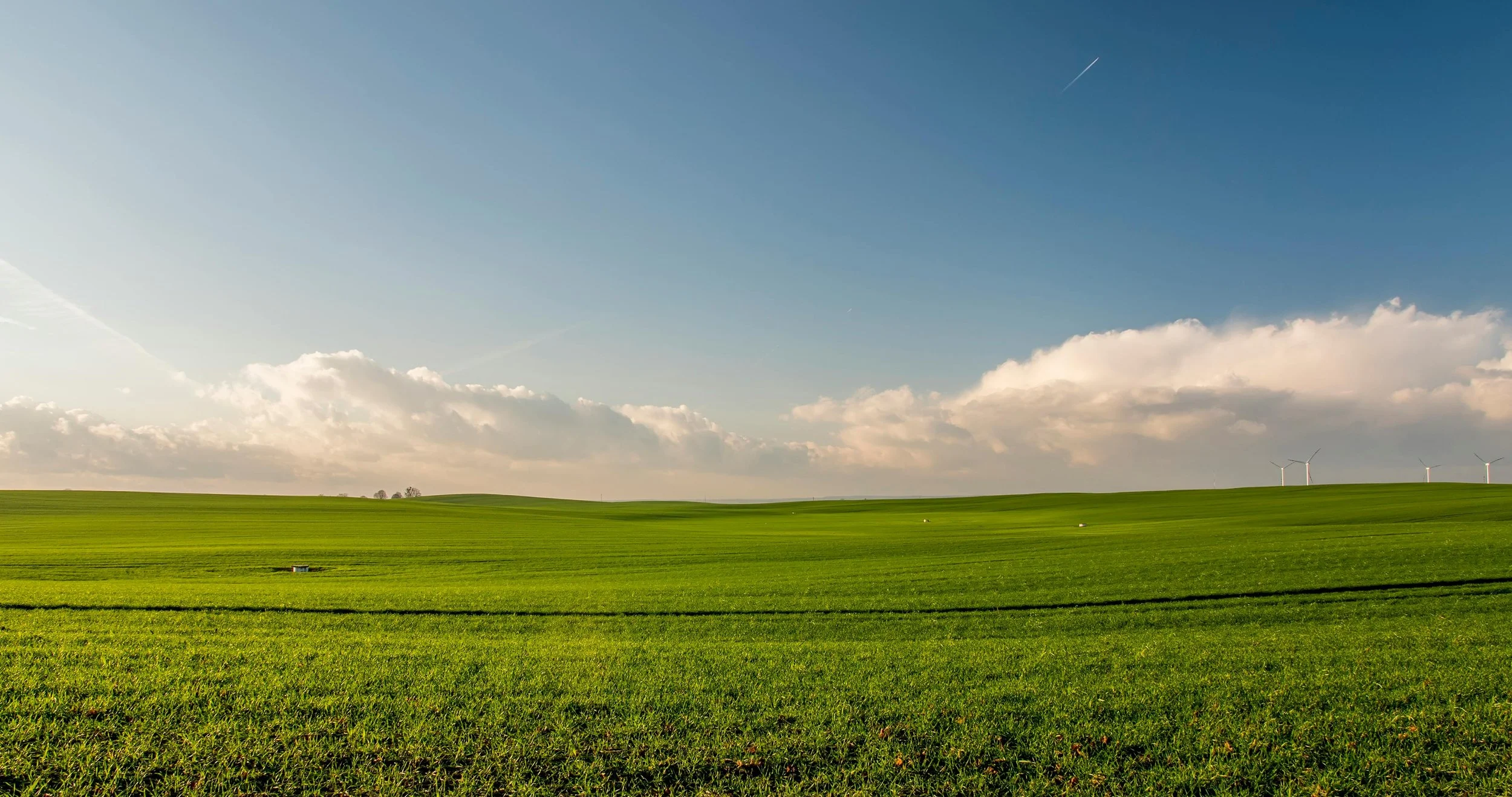Climate Change Is Simple—And Urgent: A Primer on Earth’s Warming
Many people think climate change is too complex to understand. But in reality, the basic science behind it is straightforward. In this Climate Basics piece, we’ll break down how Earth’s natural greenhouse system works, what humans have done to disrupt it, and why that matters more than ever.
Let’s start with the foundation.
The Greenhouse Effect: Earth's Thermal Blanket
Earth’s average temperature is around 60°F because of a natural greenhouse effect. Without it, our planet would be frozen and uninhabitable.
This effect is driven by gases like:
Water vapor
Carbon dioxide (CO₂)
Methane (CH₄)
Nitrous oxide (N₂O)
These gases trap heat in Earth’s atmosphere, allowing just enough warmth to support ecosystems, agriculture, and civilization.
But there’s a problem: humans have added too much of these gases—especially CO₂—since the Industrial Revolution.
How It Works: From Sunlight to Heat
The sun emits ultraviolet (UV) radiation.
About 70% of that passes through the atmosphere and warms Earth’s surface.
Earth then radiates that energy back as infrared radiation (heat).
Some of that heat is trapped by greenhouse gases, keeping the planet warm.
But when greenhouse gases become too concentrated, too much heat is trapped—and the planet starts to overheat.
This is the enhanced greenhouse effect, and it’s human-caused.
Carbon: The Main Driver
Carbon dioxide (CO₂) is responsible for about 76% of greenhouse gas emissions. It comes mainly from:
Burning fossil fuels (coal, oil, gas)
Power plants and vehicles
Industrial processes
Deforestation and land use changes
Before industrialization, CO₂ levels were about 280 parts per million (ppm). Today, they’re over 425 ppm—and rising. This increase closely tracks the rise in global temperatures over the past century.
Methane and Other Gases
Methane (CH₄) is the main component of natural gas and is 50 to 80 times more powerful than CO₂ as a greenhouse gas (though it doesn’t stay in the atmosphere as long).
Major sources:
Oil and gas drilling
Pipeline leaks
Agriculture (especially livestock)
Landfills
Nitrous oxide and fluorinated gases also contribute to warming, though they make up a smaller portion of overall emissions.
Earth's Temperature Is Rising
Since the 1800s, global average temperature has increased by about:
1.1°C to 1.5°C (2°F to 2.7°F)
The Paris Climate Agreement set a goal to keep warming below 2°C, ideally under 1.5°C, to avoid catastrophic tipping points.
We're approaching those thresholds rapidly.
What Are Climate Tipping Points?
Tipping points are irreversible changes in Earth’s systems triggered by warming. Once passed, they accelerate climate change on their own. Key examples include:
1. West Antarctic Ice Sheet
Reflects sunlight back into space. Melting reduces this reflection and accelerates warming. Warmer water also speeds up ice melt.
2. Amazon Rainforest
A vital carbon sink. Deforestation (currently 17%) could hit a tipping point at 20%, converting rainforest into dry savanna—and releasing massive carbon stores.
3. Permafrost
Frozen ground stores twice as much carbon as exists in the atmosphere. As it melts, it releases CO₂ and methane, triggering more warming.
These processes can continue for centuries, even if human emissions stop.
The Long Life of Carbon
Carbon dioxide remains in the atmosphere for hundreds to thousands of years. Even if we stopped emitting tomorrow, the warming would continue for generations.
That’s why it's essential not only to reduce emissions, but also to draw down existing carbon through reforestation, soil management, and clean technologies.
The Carbon Budget
The carbon budget is the maximum amount of CO₂ we can emit to stay within a certain temperature limit:
To stay below 1.5°C, we only have a few decades of emissions left at current rates.
At current levels, we emit 41 gigatons (billion tons) of CO₂ per year.
Exceeding the carbon budget means more climate tipping points—and a less habitable planet.
Where Emissions Come From
Global sources:
China: 33%
United States: 14%
India: 9.5%
Russia, Brazil, Indonesia: 4–6% each
European Union (27 nations): 5%
U.S. emissions by sector:
Transportation: 28%
Electricity: 25%
Industry: 23%
Buildings: 13%
Agriculture: 10%
Livestock methane and cement production are major hidden contributors.
Historical Responsibility
While China currently emits the most annually, the United States is responsible for the largest share of historical emissions—about 20% of all carbon still in the atmosphere.
This makes U.S. leadership especially important.
The Global Divide
The Global South (Africa, Latin America, much of Asia) emits far less per capita but bears the brunt of climate impacts. They’re calling on the industrialized world to provide funding and technology to help them leapfrog to clean energy.
So far, the Global North has promised, but failed to deliver.
We Have Solutions
The good news: we have the tools.
Solar and wind are now cheaper than coal or gas
Electric vehicles are becoming mainstream
Energy storage and efficiency are improving
Nature-based solutions can restore carbon sinks
What we need is political will, not more innovation.
Final Thought
We’re not helpless. We’re not doomed. But we are out of time for delay. The longer we wait, the harder and more expensive it gets.
We can still choose to leave behind a livable, resilient planet for future generations.




